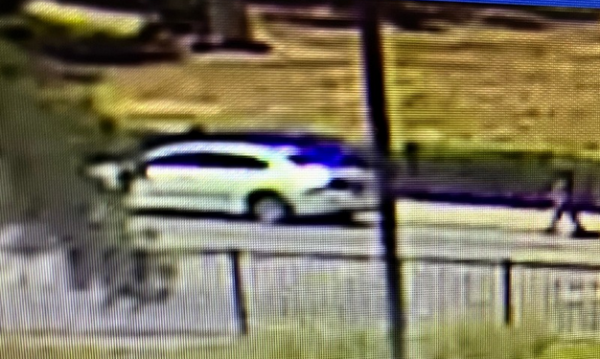SLO police identify suspect in hit-and-run that killed elderly man
August 9, 2024

By JOSH FRIEDMAN
The San Luis Obispo Police Department announced on Thursday that detectives have identified the driver who allegedly struck an 87-year-old bicyclist in a hit-and-run last month that resulted in the death of Saul Goldberg, of Avila Beach.
Shortly before noon on July 23, the 87-year-old Goldberg and a 73-year-old bicyclist were riding southbound on S. Higuera Street near the cemetery when a white sedan hit and injured them. The driver did not stop.
A San Luis Obispo Ambulance crew happened to be in the area and stopped to assist.
The 73-year-old rider sustained minor to moderate injuries. Goldberg died of his injuries a week after the collision.
A white four-door sedan was seen fleeing the scene shortly after the crash, and investigators had been seeking the driver for questioning.
Over the last week, detectives followed up on several leads and identified the suspect. Detectives located the vehicle and seized it after obtaining a warrant, according to police.
The police department is currently withholding the name of the suspect and additional details about the case.






The comments below represent the opinion of the writer and do not represent the views or policies of CalCoastNews.com. Please address the Policies, events and arguments, not the person. Constructive debate is good; mockery, taunting, and name calling is not. Comment Guidelines